

Identification Notes
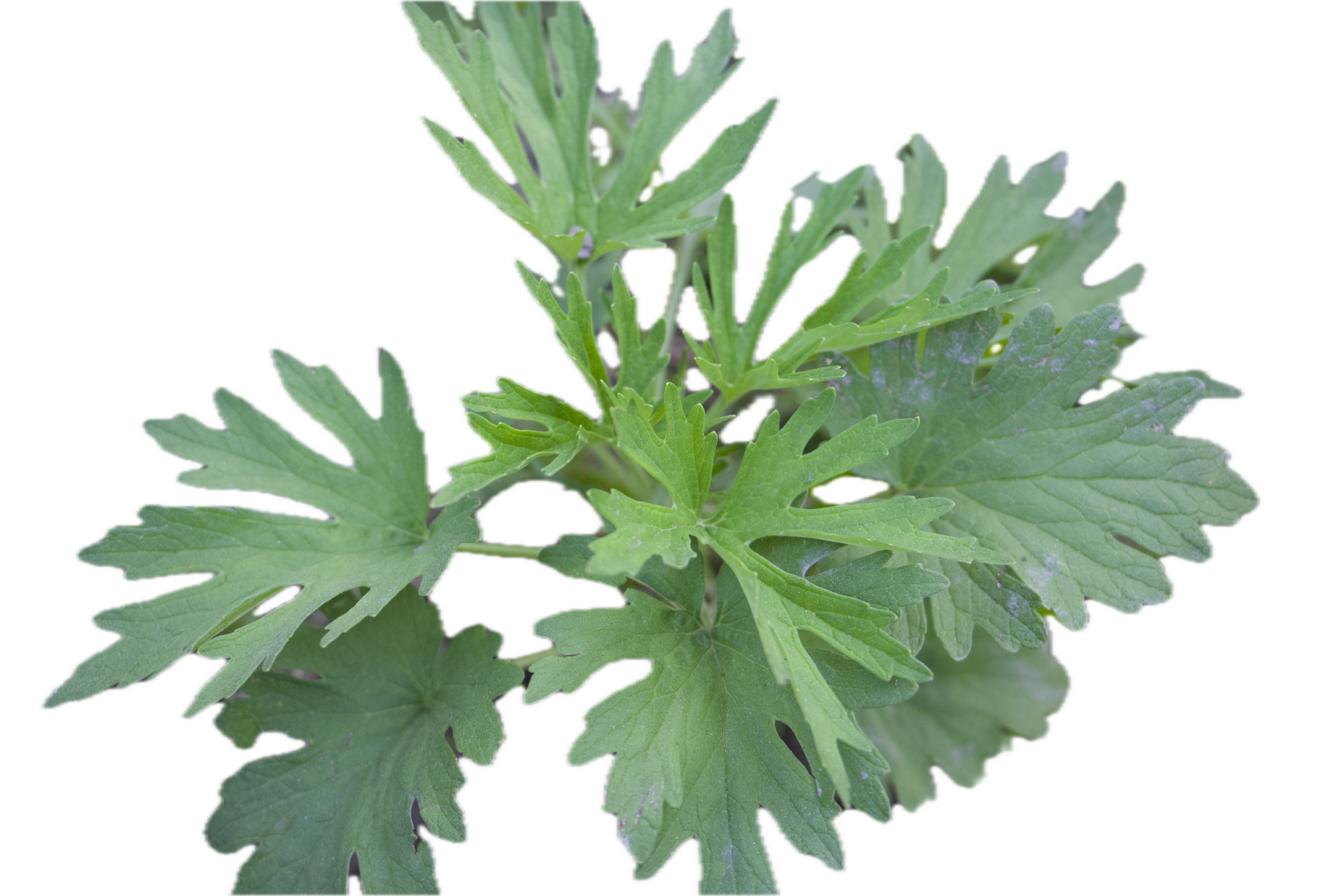

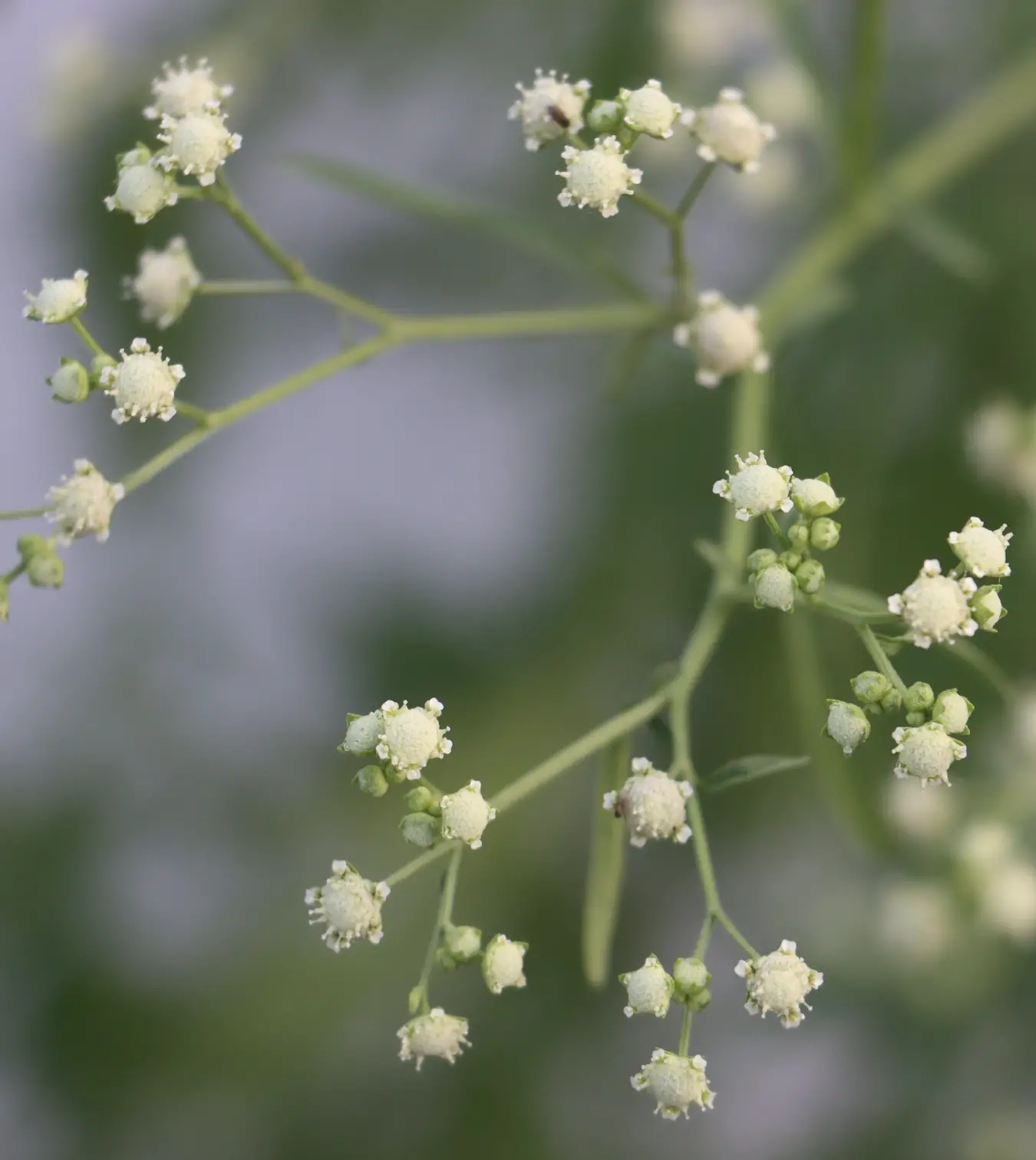
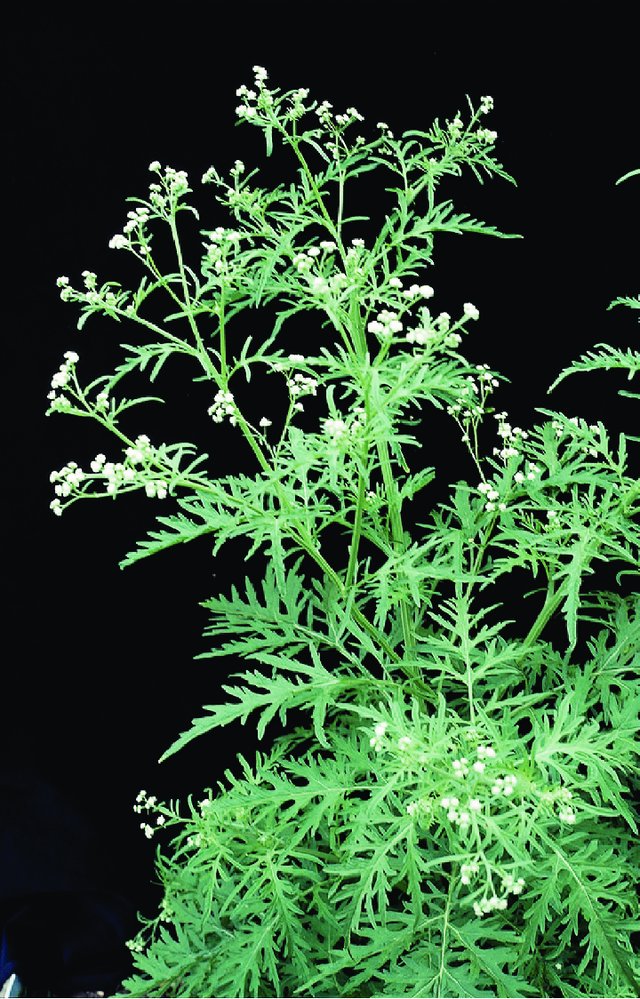
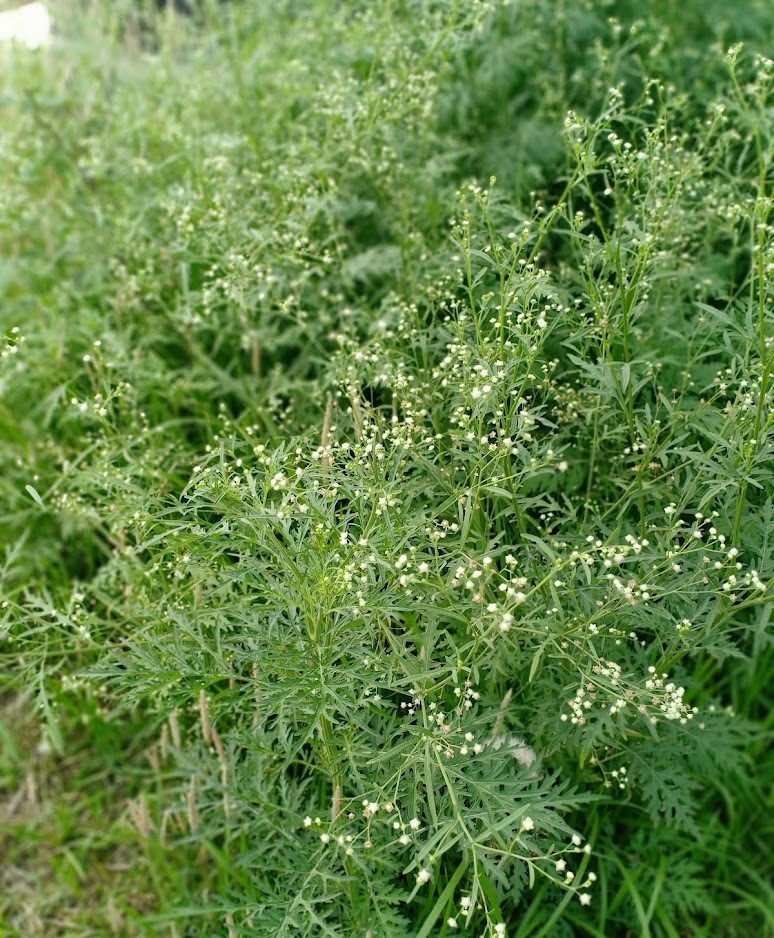
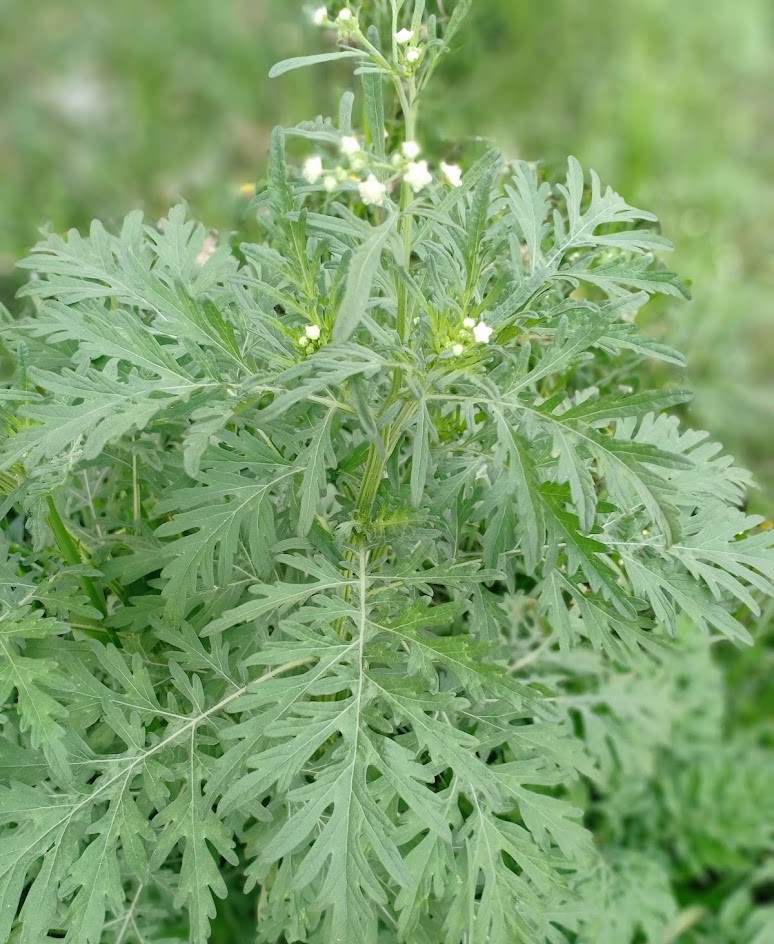
EPPO CodePTNHY |
Life CycleAnnual Herb |
MorphologyFirst Leaves: First leaves are simple and opposite, rosette arranged. Leave is supported by a short petiole. The lamina is deeply lobed, toothed, slightly decurrent along the petiole. Petiole and leaf blade are covered by hispid hairs mixed short and long. Stem: Stem is cylindrical, solid, more or less fluted with longitudinal lines corresponding to the extension of the midrib of the leaves. First hispid pubescent with short and long hairs, then glabrescent, rough, simple at base, branched in the inflorescence in a large and loose panicle. Leaves: Leaves are alternate, simple and deeply pinnatifid. The blade is 11 to 15 cm long and 6-10 cm wide. The margin is deeply lobed. Lobes are linear to lanceolate and irregular toothed. They are carried by a short stalk, which corresponds to the attenuating base of the lamina around the first 3 veins. The apex is sharp, the base is reduced in area and then stalk. The upper leaves are entire, decreasing in size towards the top of the stems and becoming bracts from the simple inflorescences. The upper surface is smooth, the lower surface is covered with white hairs. Veins are pinnate, prominent on the lower surface. Inflorescence: A loose terminal panicle, with many hemispherical and pentagonal heads 3 to 5 mm in diameter and short slender pedicels 3-20 mm long. Involucral bracts arranged in two rows, oval 1 to 3 mm, the underside covered with clavate glandular hairs or glabrous. Flowers: Heads composed by 5 external florets, female, arranged pentagon. Ligule is white, 5 teeth, of 0.5 to 0.7 mm long and 0.5 to 1 mm wide. Internal flowers are numerous, male, tubular, ivory-colored to yellowish white. Fruits: Fruit is an achene, black obovoid, 2 mm long and 1.5 mm wide. It is hairy at the top with a pappus of 3 or 4 scales, membranous, curved, 0.5 mm long. |
Growing seasonJanuary - December |
Germination periodFebruary - October (Spring and early Summer) |
Flowering periodJanuary - December |
PropagationBy Seed |
HabitatParthenium hysterophorus is a weed of semi-arid, subtropical, tropical and warmer temperate regions. It is found in riparian zones (banks of watercourses), on roadsides, along railways and in pastures, seasonal floodplains, grasslands, open woodlands, waste areas, disturbed sites, lawns, gardens and crops. It is particularly aggressive in degraded or disturbed pastures in semi-arid environments. |
Weed potentialParthenium hysterophorus is an invasive weed species that competes aggressively with other plants and is also allelopathic. It poses a significant risk to human health, livestock, the envi- ronment, soil, and agriculture (Bashar et al. 2021) |
Control measureMechanical, Cultural, Chemical and Biological |
Recommended herbicideGlyphosate (1 to 1.5%) and Metribuzin (0.3 to 0.5%) or 2,4-D (2-2.5 kg a.i) or Atrazine (500 g/L ) |
DistributionIndian sub-continent, south-eastern Asia, tropical/subtropical Australia, eastern USA, southern and eastern Africa, Madagascar and many oceanic islands with warm climates. |
Medicinal propertiesThis plant has some traditional medicinal uses but this use however, cannot compensate for this plant's overall negative impacts. Parthenium is reported to have insecticidal, nematicidal and herbicidal properties. |
References[1] Bashar, H.M.K.; Juraimi, A.S.; Ahmad-Hamdani, M.S.; Uddin, M.K.; Asib, N.; Anwar, M.P.; Rahaman, F. A Mystic Weed, Parthenium hysterophorus: Threats, Potentials and Management. Agronomy 2021, 11, 1514. https://doi.org/10.3390/agronomy11081514 |